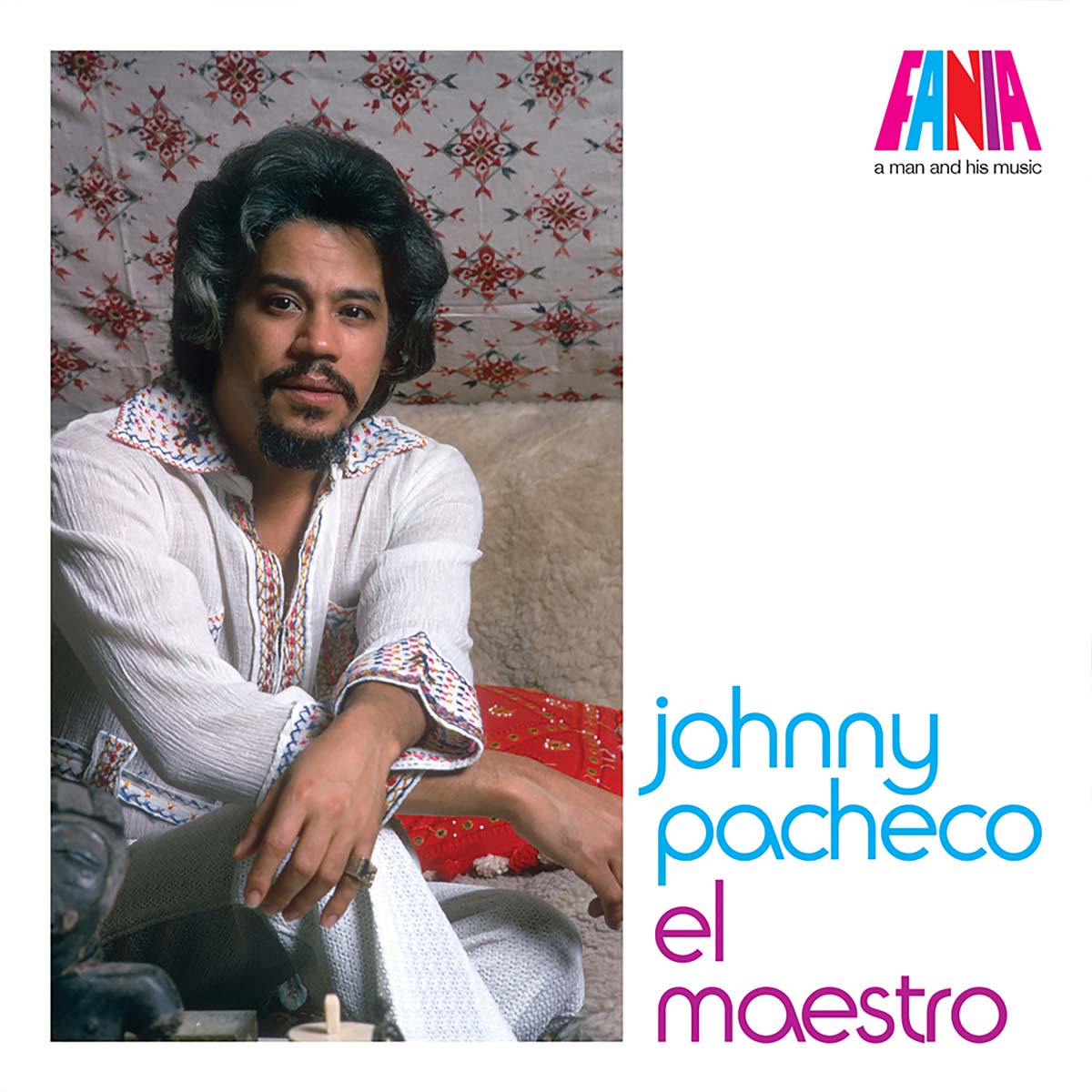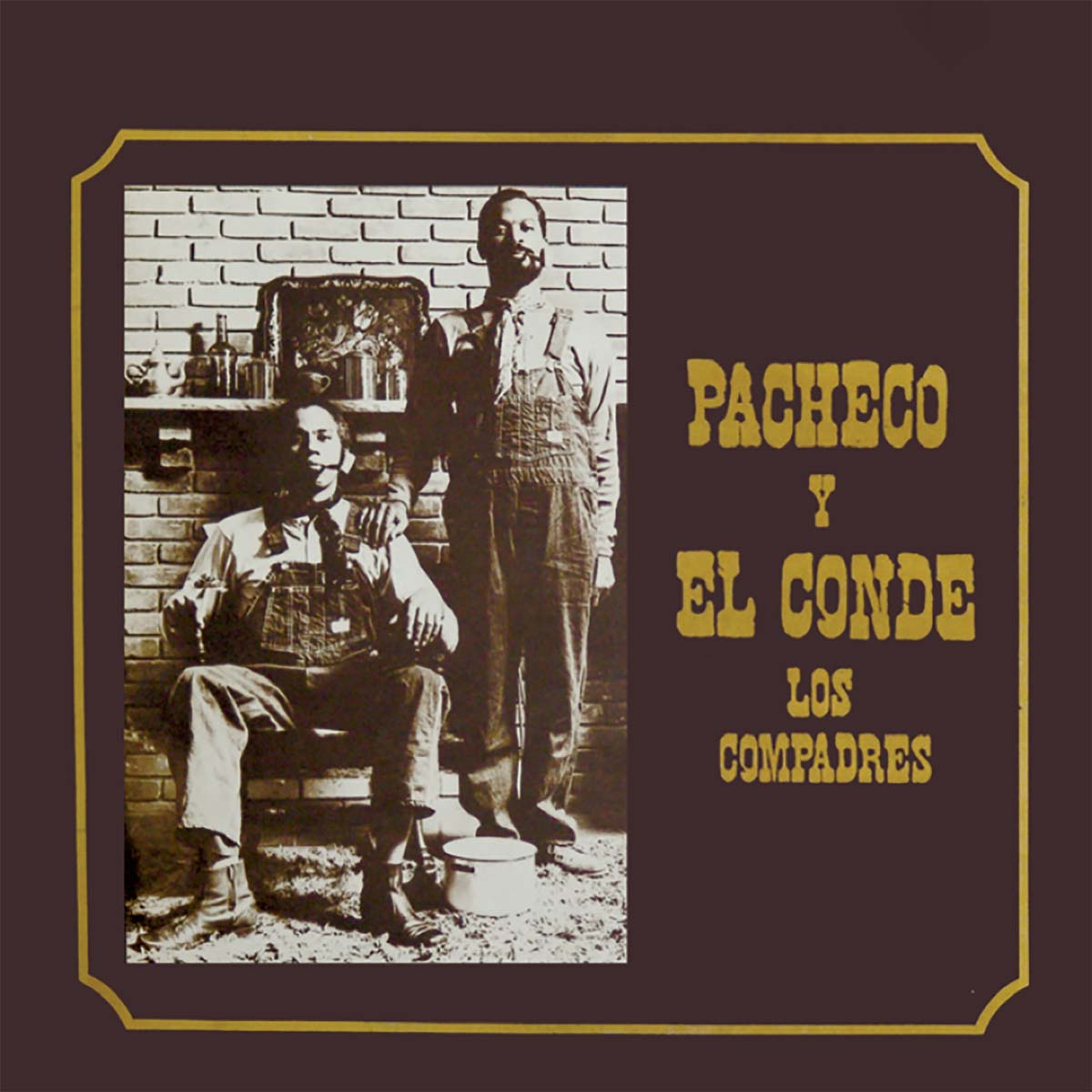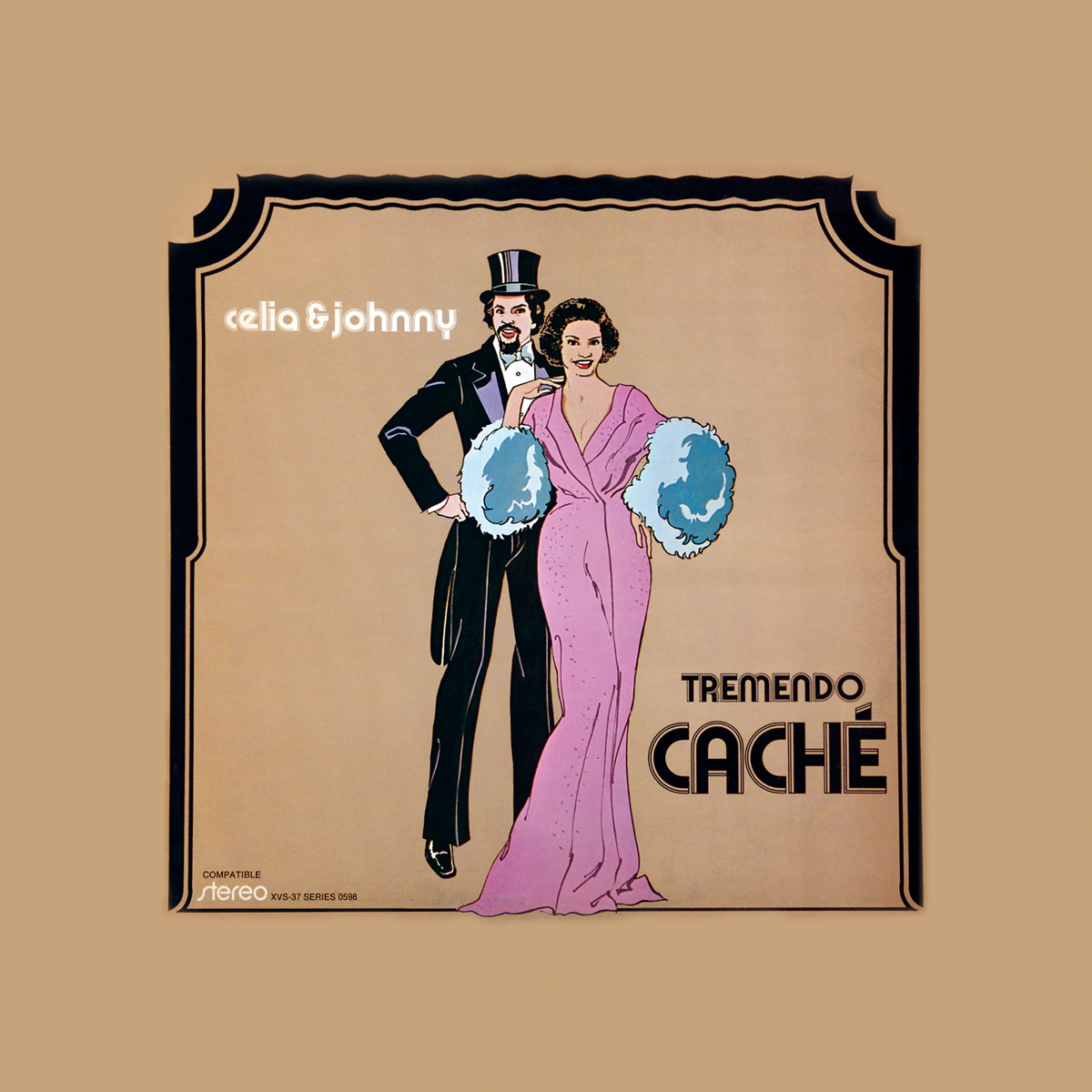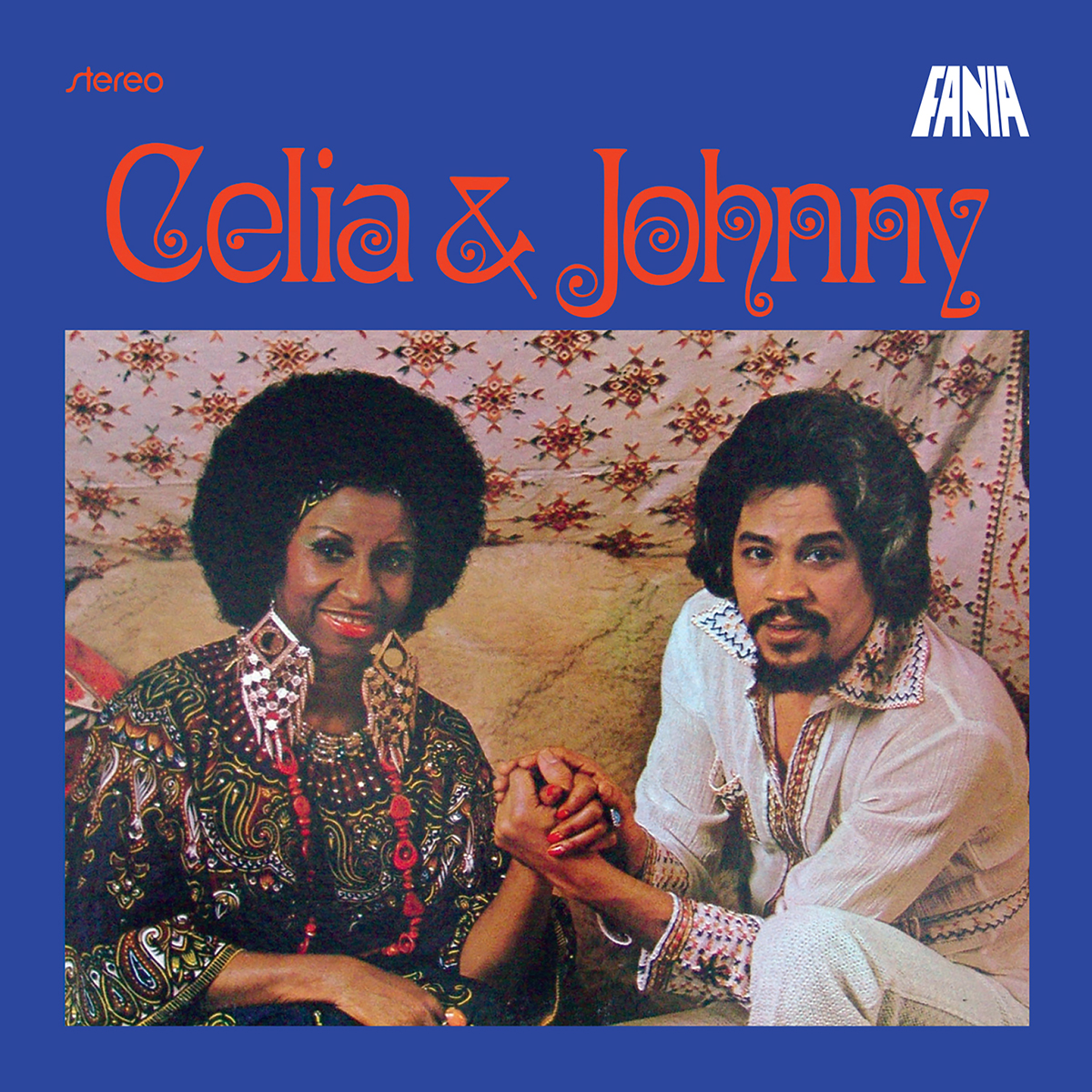
Born in the Dominican Republic in 1935, Johnny Pacheco grew up mesmerized by the songs of Arcaño y sus Maravillas, Arsenio Rodríguez and Orquesta Aragón that he would listen to on Cuban radio. It was the Golden Era of Afro-Caribbean music, the time when Cuba was creating the foundation of everything that would follow in tropical music during subsequent decades. “My dad was a bandleader,” he recalls. “He had five children but always said that it was me who would follow his steps. Los demás son sordos, he’d say.
The other ones are deaf. My dad played the saxophone, the clarinet and the violin. He’d give me lessons in the afternoon, when I came home from school.” Pacheco was 11 years old when his family moved to New York. While attending Bronx Vocational High School, he played percussion and sang in a mambo band with future Latin music legends such as visionary keyboardist Eddie Palmieri and Barry Rogers– who would later become the trombonist extraordinaire of Palmieri’s La Perfecta. By the late ’50s, Eddie Palmieri’s brother Charlie enlisted Pacheco as a percussionist in his band. Together, the two musicians created the seminal charanga La Duboney when Pacheco switched from drumming to playing the flute– an instrument he had been enamored with for a long time. La Duboney was a faithful follower of Cuba’s charanga sound, combining elegant swashes of violin with acrobatic flute solos. Even though they continued being great friends, Pacheco and Palmieri decided to split once they realized that they had widely different ideas of what a charanga should sound like– Pacheco preferred a jovial, lighter sound that clashed with Charlie’s baroque improvisations and appetite for dissonance.
Pacheco formed his own band and recorded a demo that included the bona fide hit “El Güiro de Macorina.” Thanks to radio DJ Rafael Font, the song became an overnight sensation, and Pacheco was dutifully signed to Al Santiago’s Alegre Records. He would stay with the label during four years, recording a series of innovative– and now legendary– LPs under the name of Pacheco y su Charanga. By 1964, Pacheco was frustrated with his inability to find reliable violinists for his band. At the same time, he was inspired by the swinging sound of Cuba’s supergroup La Sonora Matancera. He decided to switch from charanga to a two trumpet conjunto, and thus began a process that would eventually be recognized by musicologists as “la matancerización de la salsa”– the matancerization of salsa. At the same time, Pacheco was interested in creating his own record label in order to have control over his music. With the help of attorney Jerry Masucci, who had helped Pacheco in a recent divorce, he founded the Fania label– the title taken from an old Reinaldo Bolaños composition. The company’s inaugural release was the debut of Johnny Pacheco y su Nuevo Tumbao. Released in 1964, “Cañonazo” included a remake of “Fania,” as well as the excellent “Dakar, Punto Final”– a tribute to Senegal and Africa in general, where Pacheco’s charanga sounds had enjoyed a resounding success. During its first few years, the label was light years away from the cultural and financial empire that it would eventually grow into. It was, essentially, a home business. Pacheco would drive around town distributing the label’s first LPs himself. Eventually, the earnings from the ever popular Pacheco recordings (he enjoyed a remarkable amount of hit singles through most of the ’60s and ’70s) allowed the company to expand and incorporate new artists into its roster: Jewish American pianist Larry Harlow, visionary bassist Bobby Valentín and, in 1967, the dynamic duo of trombonist Willie Colón and his singer, a young Puerto Rican by the name of Héctor Lavoé. Pacheco’s infatuation with the vintage sound of Cuban music and the rootsy Matancera aesthetic became particularly evident in two releases from the ’70s: 1971’s “Los Compadres” found him cementing the electrifying artistic partnership with the chocolaty voiced Pete ‘El Conde’ Rodríguez that he had developed since the “Cañonazo” years. And the 1975 solo release “El Maestro” went as far as incorporating three tunes from the Matancera repertoire.
Pacheco’s new vocalist was the excellent Héctor Casanova, and his group was now called Pacheco y su Tumbao Añejo– Pacheco and his vintage Tumbao– openly recognizing his weakness for the shimmering sounds of the past. Throughout his career, Pacheco enjoyed his popularity to the fullest. “I worked with a lot of people I admired,” he says. “Beny Moré, Pérez Prado, Tito Puente, Stan Kenton, Xavier Cugat. The only one I didn’t get to work with was Dizzy Gillespie.” He also wrote songs for a variety of artists in the Fania roster, and acted as the musical director of the Fania All-Stars, the company’s larger-than-life orchestra. In 1974, Pacheco began a historic collaboration with former Sonora Matancera vocalist Celia Cruz. Simply titled “Celia & Johnny,” their first effort together began with the incandescent “Químbara”– a track that encapsulates the very essence of the New York salsa explosion of the ’70s and which stands as the artistic pinnacle of Celia’s own career. The combination of Pacheco’s innate understanding of venerable Afro-Cuban stylings and Celia’s powerhouse voice and charismatic stage presence was instrumental in enhancing the popularity of the Fania sound. Together, they recorded a number of hit singles, including “Toro Mata,” “Cúcala” and Pacheco’s biographical composition about Cruz’s life story “La Dicha Mía.” If there is one element that defines Pacheco’s copious discography, that would be his relentless desire to experiment. From the Fania heyday to this day, el maestro has jumped at the opportunity to make albums with talented artists from all walks of the tropical spectrum. He recorded with former Matancera crooners Daniel Santos and Celio González; Cuban vocalist Rolando Laserie; legendary flutist Fajardo; soulful singers Melón (half of the celebrated duo Lobo y Melón) and Monguito; and of course, countless albums with best friend and compadre Pete ‘El Conde’ Rodríguez. In 2004, Pacheco released his latest collection, an all-star affair appropriately titled “Entre Amigos” (Among Friends).
Guests included Sonora Ponceña pianist Papo Lucca, bongosero Roberto Roena and Bobby Valentín on bass, as well as legendary vocalists such as Héctor Casanova, Ismael Miranda, Cheo Feliciano and Gilberto Santa Rosa. The vitality of “Entre Amigos” and recent live performances across the globe are a clear indication that, in fact, “hay Pacheco para rato.” Indeed, we’ll have Pacheco with us for a long, long time to come.
Notes Written By ERNESTO LECHNER






